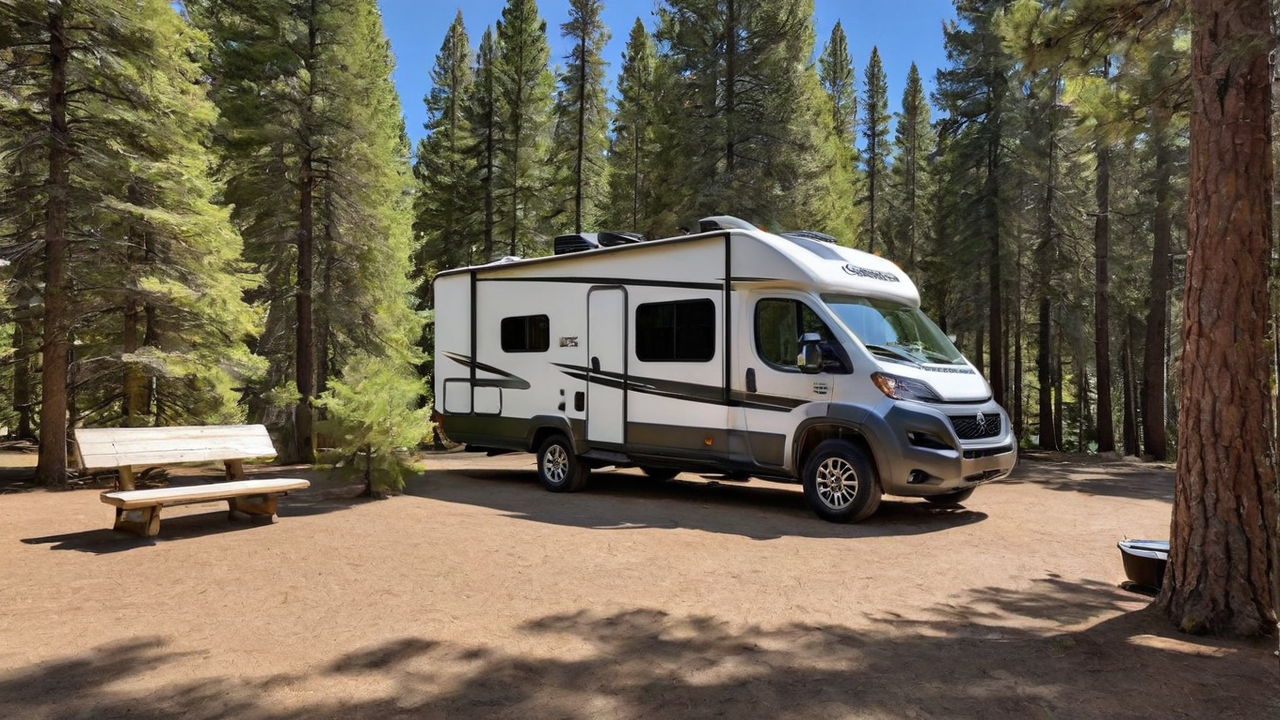Improving Location Choice with GIS Integration in Campground Management Systems
Improving Location Choice with GIS Integration in Campground Management Systems
Blog Article

Leveraging GIS for Enhanced Campsite Configurations
Integrating GIS into campground management software transforms the way campsites are designed and operated. By utilizing accurate geographical data, managers can enhance the layout for better accessibility and guest satisfaction. This combination enables for the design of detailed site maps that include natural landscapes, maximizing the use of space while preserving the natural surroundings.
The ability to see and manipulate the campground configuration in real-time provides a significant benefit in planning and development. Precise GIS data assists in locating ideal spots for amenities, ensuring they are both reachable and ecologically sustainable. This method not only improves guest satisfaction but also contributes to a reduced environmental footprint.
Streamlining Booking Systems with GIS
By introducing GIS into campground reservation software, providers provide a more engaging booking experience for guests. Guests can choose their preferred sites based on real-time geographical information, including proximity to amenities and scenic views. This level of precision in site choice significantly improves planning and satisfaction for guests.
Furthermore, this system cuts down the likelihood of overbooking and conflicts between reservations. Accurate GIS data ensures that each site is correctly charted, with clear demarcations, thus making a smoother reservation process. This effectiveness not only saves time for campground managers but also enhances the overall customer experience.
Enhancing Safety and Emergency Response with GIS
Incorporating GIS into campground management software greatly enhances safety and emergency response. Detailed site maps allow for precise location of emergency facilities like fire stations, first aid points, and evacuation routes. This accessibility to critical information can significantly accelerate reaction times in emergency situations, potentially preserving lives.
Moreover, GIS data can be used to identify areas prone to natural hazards such as flooding or wildfires, enabling for the creation of proactive safety measures. Through this technology, campground managers can put in place precautionary measures and inform guests of possible risks, thus ensuring a safer camping experience for everyone.
Maximizing Amenity Allocation With GIS
GIS technology allows campground managers to effectively allocate amenities across the site. By analyzing geographical data, managers are able to identify the most strategic placements for facilities such as restrooms, picnic areas, and playgrounds. This guarantees that all campers have easy access to facilities, improving their overall satisfaction.
Additionally, GIS can help in monitoring the usage of environmental assets, promoting sustainable management within the campground. Through precise mapping, campsites can avoid overuse of vulnerable areas, supporting in conservation efforts and protecting the beauty and integrity of the landscape.
Boosting Visitor Satisfaction with Interactive GIS Features
Interactive GIS maps boost visitor engagement by providing an immersive exploration of the campground before they arrive. Campers can tour different areas, view photos, and read about nearby attractions directly via the campground’s website. This pre-arrival interaction starts the guest experience on a positive note, increasing anticipation and contentment.
Moreover, these interactive features can serve as a guide throughout the stay, offering up-to-date information on weather conditions, upcoming events, and available services. This accessibility guarantees that guests remain updated and are able to completely enjoy their outdoor adventure.
Facilitating Environmental Sustainability with GIS
GIS integration in campground management software plays a crucial role in promoting environmental sustainability. Accurate mapping allows for careful planning and management of natural resources, minimizing human impact on the environment. This tools facilitate to keep track of and control wildlife habitats, lakes, and plant life, ensuring their preservation for future generations.
Furthermore, by leveraging environmental GIS data, campgrounds can determine regions ideal for renewable energy installations or other green initiatives. This strategy not only boosts the campground’s sustainability but also reduces operational costs, showing a commitment to conserving the natural world.
Integrating Local Knowledge into Campground Development with GIS
GIS systems empower campground managers to integrate local insights into campsite development. By collaborating with community members, operators can gain a deeper understanding of the area and its cultural importance. Such collaboration guarantees that campgrounds are planned with respect for local values and heritage, enriching the visitor experience.
Moreover, such integration assists in identifying distinct chances for campground experiences and attractions that showcase the area’s culture and landscape. Incorporating local perspectives into the planning process doesn’t just enhance the genuineness of the campground but also bolsters relationships with the local populace, creating a beneficial effect for all involved.
Adjusting to Evolving Guest Expectations with Adaptive GIS Information
The landscape of outdoor recreation is always evolving, with guest expectations getting more complex. Using dynamic GIS data allows campground managers to quickly adjust to these shifts by updating amenities and services to meet contemporary demands. This flexibility ensures that campgrounds remain appealing and relevant in a rapidly changing market.
Additionally, the capability to gather and analyze guest feedback through GIS-based applications means campground managers can continuously refine their offerings. Tailoring the camping experience to meet individual preferences not only increases visitor contentment but also promotes return visits, driving the success of the campground in the long term.
find out more Report this page